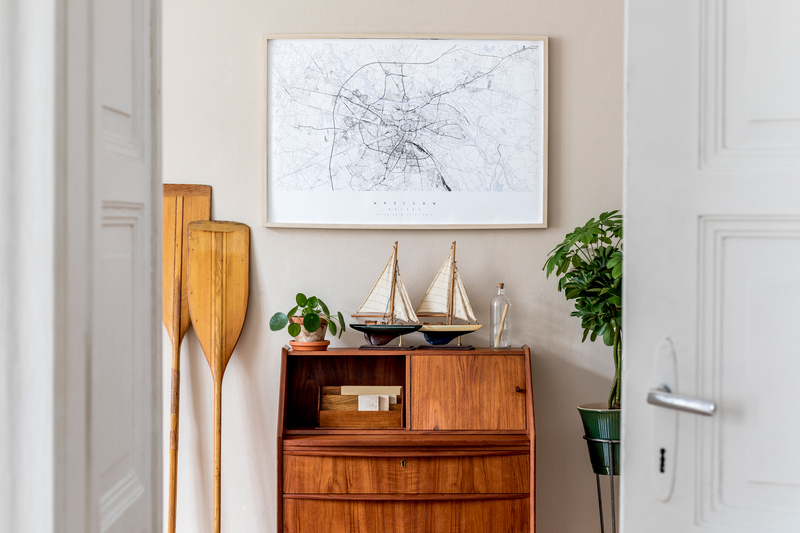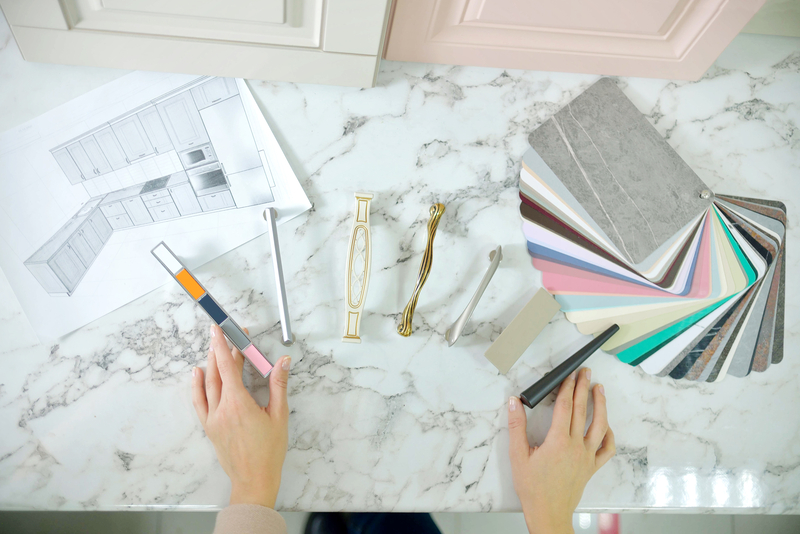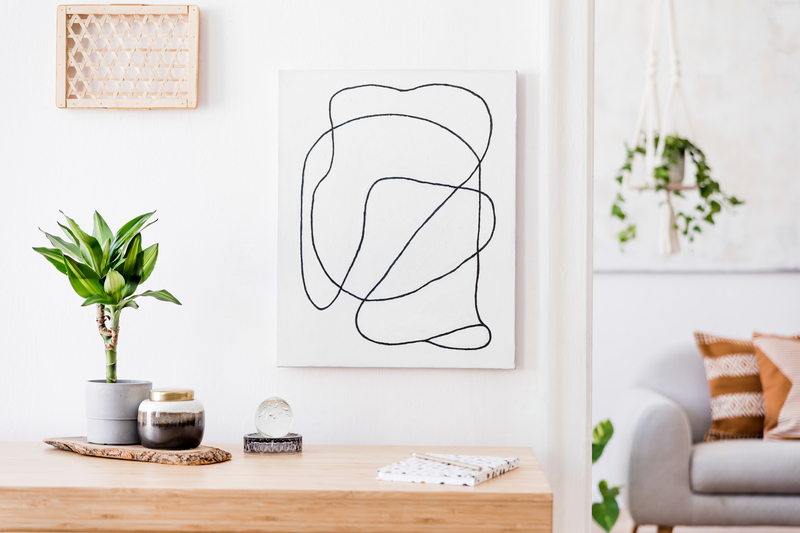
Whether you don’t have the budget to hire an interior designer or simply enjoy the idea of doing it yourself, designing a room from scratch can be intimidating for the uninitiated. Keep in mind that interior design is more art than science, and there are no hard and fast rules about how to decorate a room. But if you’re looking for a roadmap, this start-to-finish guide will help you visualize all the steps required to design your space like a pro.
1. Set the Mood
Instead of asking yourself what you want your space to look like, ask yourself how you want it to feel, and let that guide you toward colors, textures, furniture choices, and décor. A light and airy zen oasis might suggest minimal furniture and natural materials. An energizing, casual family space may include bold colors and patterns. Focusing on mood rather than a particular style or trend will help you to create an eclectic space that works for you.
2. Get Inspired
Check out your favorite social media channels, interior design magazines, books, and websites for inspiration. Think about the places you like to escape to, and analyze why. If you’re into mood boards, go ahead and make one. If you live alone, this is a chance to get to know yourself a little better. If you live with other people, it’s an opportunity to collaborate on a shared space that honors everyone in the home.

3. Get Real
Rather than striving for some aspirational vision of how you think your life should look, design your space for the way that you live now. If you have rambunctious kids or pets, choose upholstery fabrics and surfaces that can take a beating and still look great. If you live alone and rarely entertain, there is no need to hog floor space with a dining table for six. If you work from home, move that makeshift office in the corner of the living room into the spare room that only gets used during the holidays. And before you buy anything, come up with a realistic budget that will help you prioritize spending along the way.
4. Declutter
If you’re redecorating, start by eliminating anything you don’t use, need, or adore. If you’re designing an empty room from scratch, think before you bring anything in. There is room in any space for personal items and the things that matter, but successful interior design starts by embracing the essential and building from there.
5. Map It Out
There are plenty of free online room design tools and home design software options if you want to create a floorplan, but space planning doesn’t have to be overly technical. Sketch out layout ideas on paper, or mark out furniture placement with painter’s tape to get a sense of scale and flow. Before you buy a single piece of furniture, measure your space. Measure twice. Otherwise you might find that the sofa you ordered is too large to make it through your front door, or too small for your living room.

6. Decide on a Color Palette
Whether you want to keep it neutral or have your mind set on an eye-catching color palette, deciding early on will help you create a cohesive look. Neutral rooms can be brightened with accessories that can be changed out easily. If you’ve decided you want your room to be an ode to green or pink or blue, pick three complementary shades to keep it interesting. If you like the look of an all-white room, sticking to shades of white allows you to mix and match furniture styles and periods with ease.

7. Start With the Finishes
If you are aiming for a makeover rather than a remodel, think about how you can build on the room’s existing flooring, wall color, and fixtures to beautify and personalize the space without renovating. If you’re starting with an empty room, refinish floors, paint walls, add tile, wallpaper, or wall panels, or install cabinetry before you bring in furniture and accessories.
8. Choose Anchor Pieces
When designing a living room, focus on your anchor piece, which is usually a sofa, before fussing over throw pillows. Making your biggest, most expensive purchases first will help ensure that you don’t skimp on quality for high-use items, help you maintain a realistic sense of your budget, as well as visualize how much room you have for additional furniture once the core pieces are installed.
9. Select Secondary Furniture
Once you have picked out the perfect sofa, start looking at coffee tables to determine what sizes and styles are a good fit, or whether an oversized pouf would work better. If you chose a rustic wooden farm table in the dining room, add contrast with contemporary metal chairs. Complement a modern upholstered headboard with vintage lighting or bedside tables.
10. Choose Rugs, Curtains, and Textiles
Now that you have a sense of how the room flows, you can choose rugs, curtains, and textiles such as bedding, throws and decorative pillows that will complement your anchor pieces and add color, pattern, texture, and interest.
11. Light It Up
One of the keys to a successful room design is paying attention to lighting. Maximize natural light for daytime, and add in plenty of layered options for the evening, from functional task lighting to warm ambient table lamps or sconces, to sculptural pendant lighting that function as décor. Be sure to light all four corners of the room to avoid creating shadows and promote a sense of well being after dark.

12. Accessorize
Now that you have all the essentials in place, take a step back, and ask yourself what’s missing. Select and hang art, photographs, or decorative mirrors. Layer in additional decorative pillows and throws. Style shelves and tables with design books, candles, decorative objects, plants, or precious souvenirs. This is your chance to add texture through personal touches that will bring the room to life and make it feel like home.
Kristin Hohenadel

